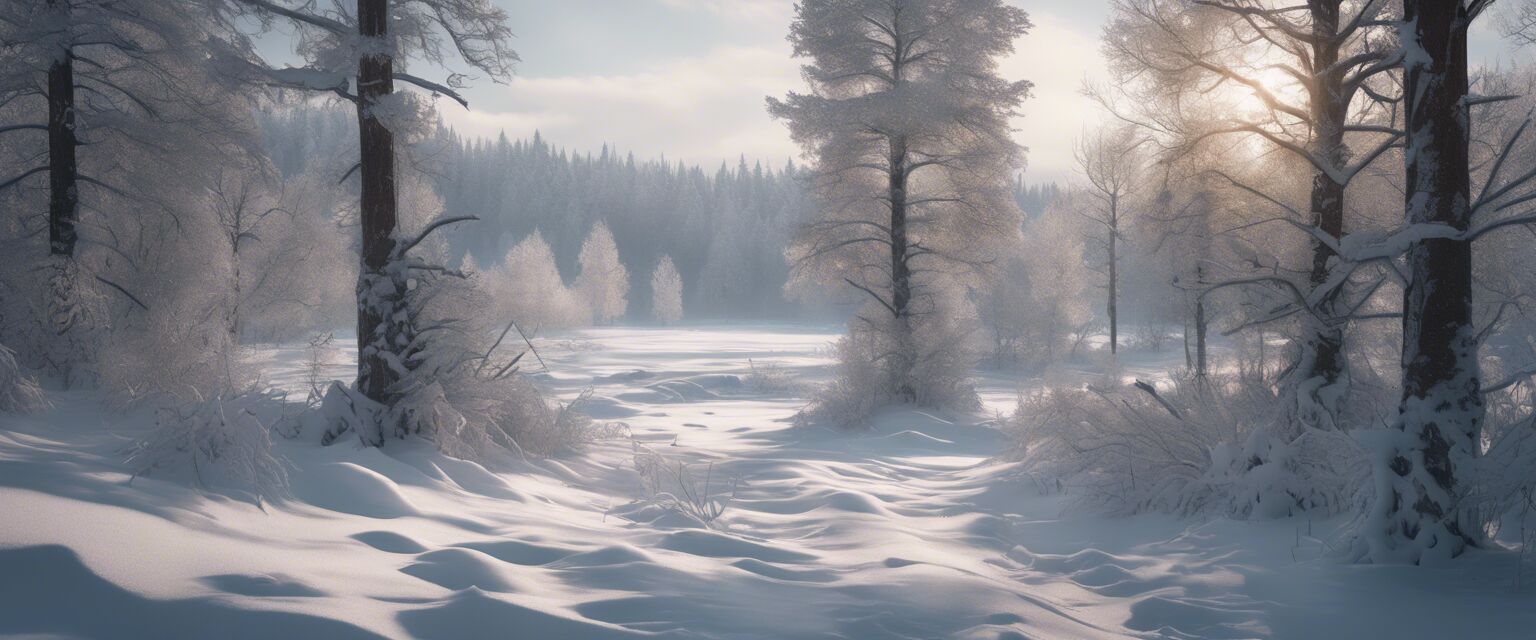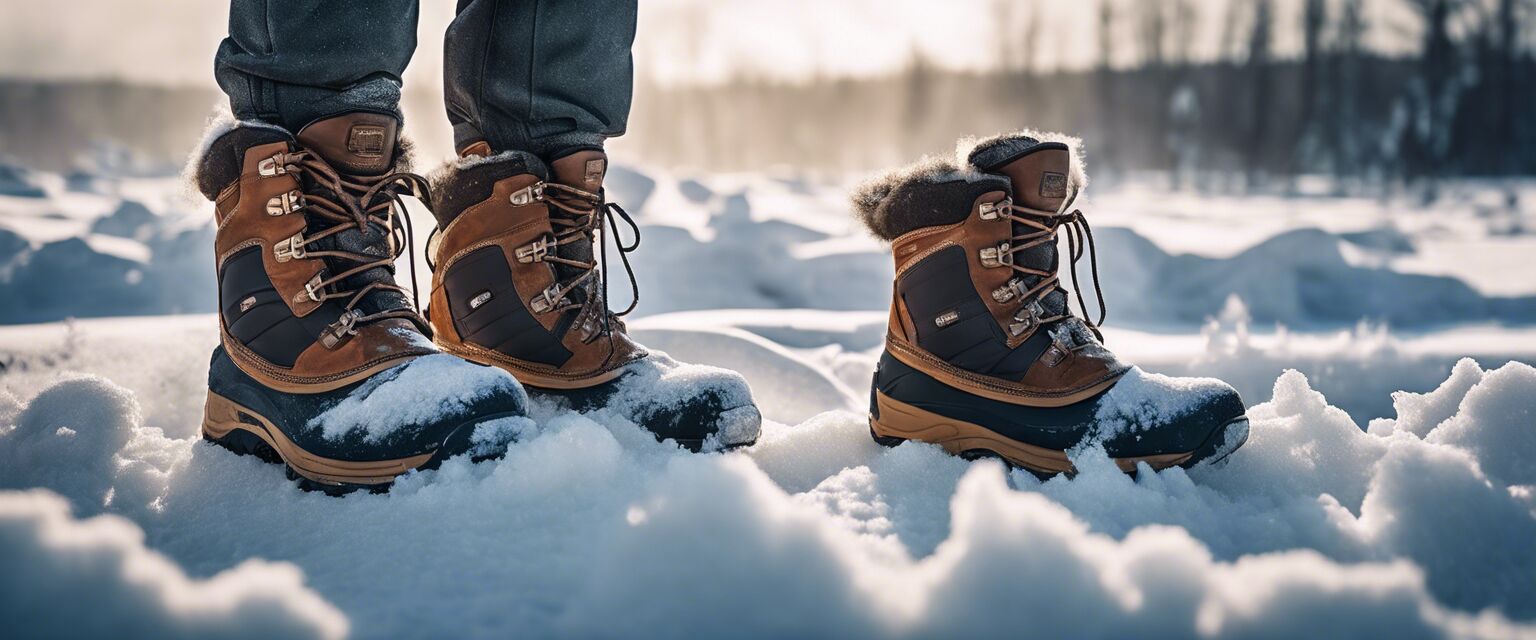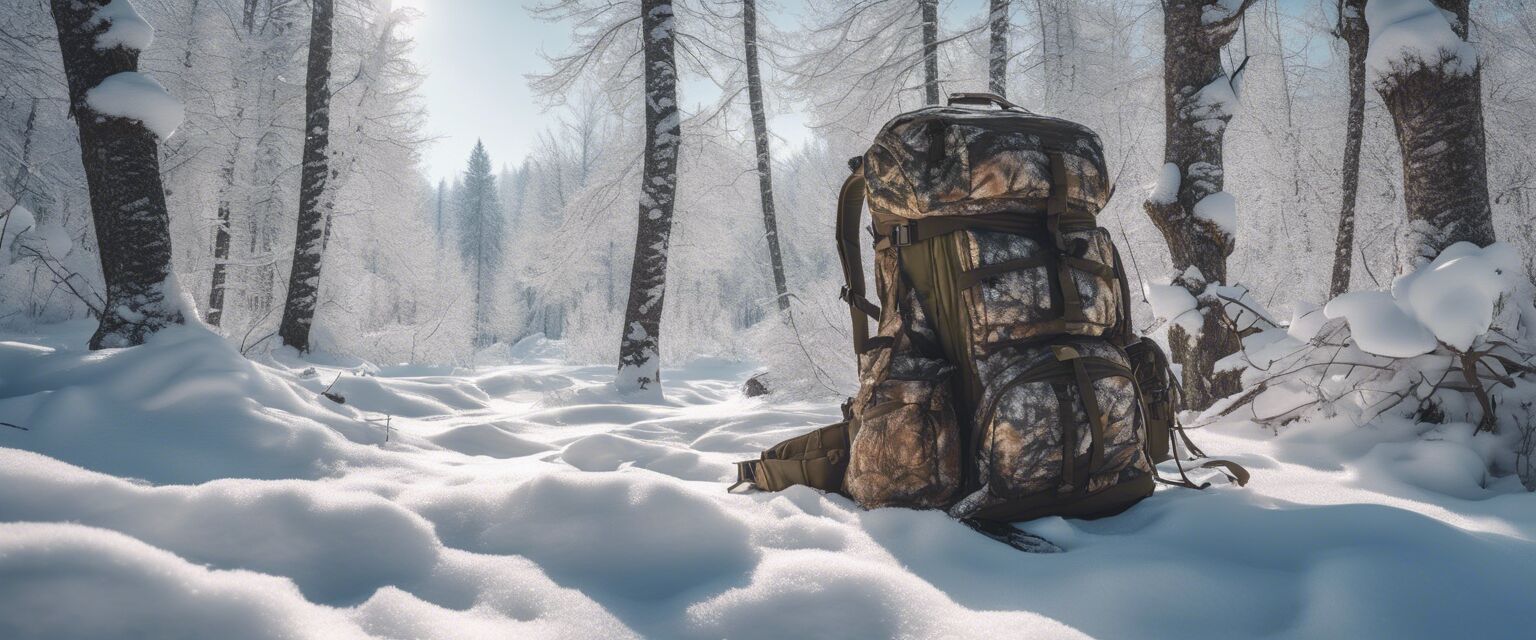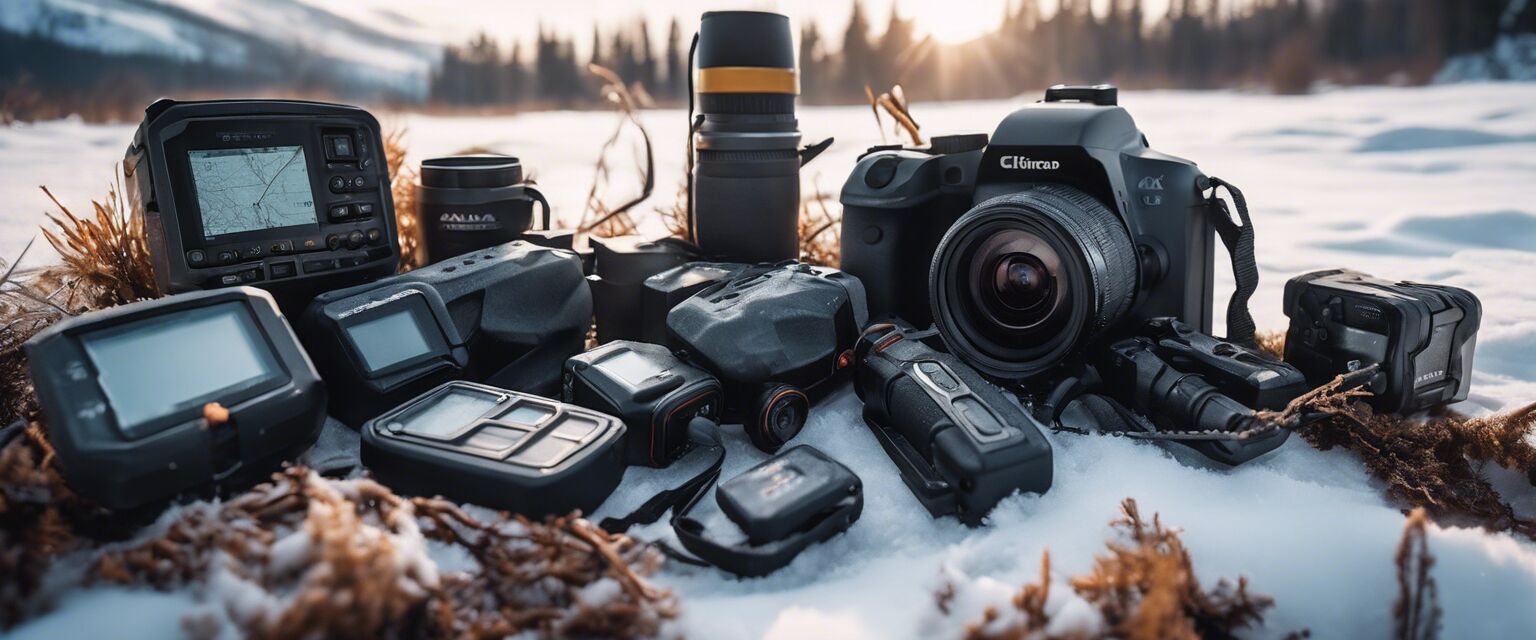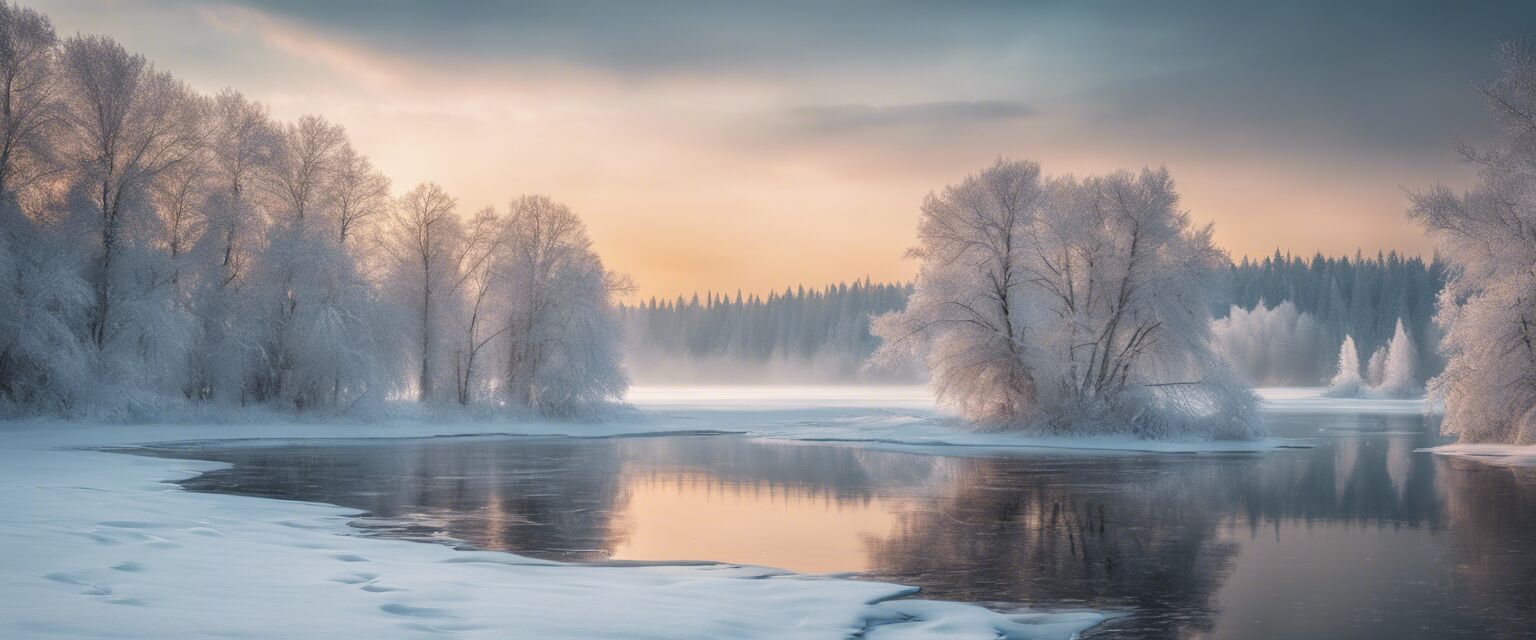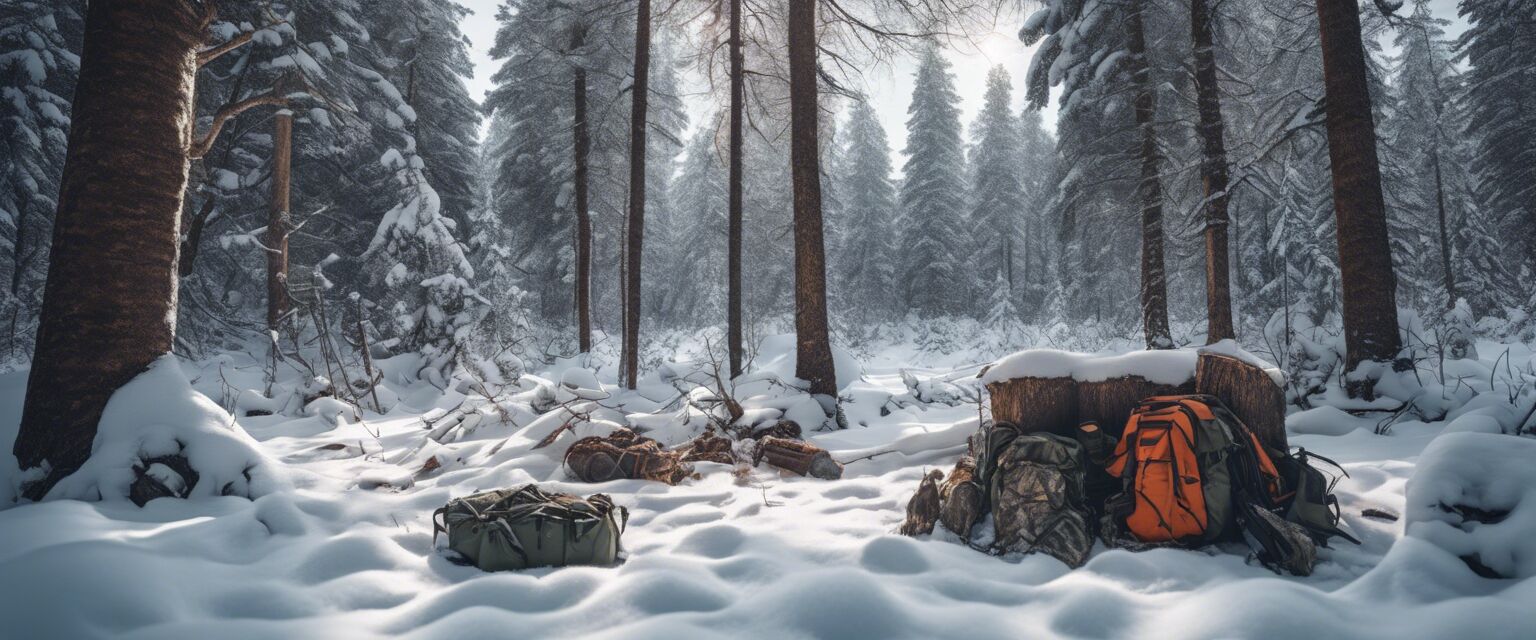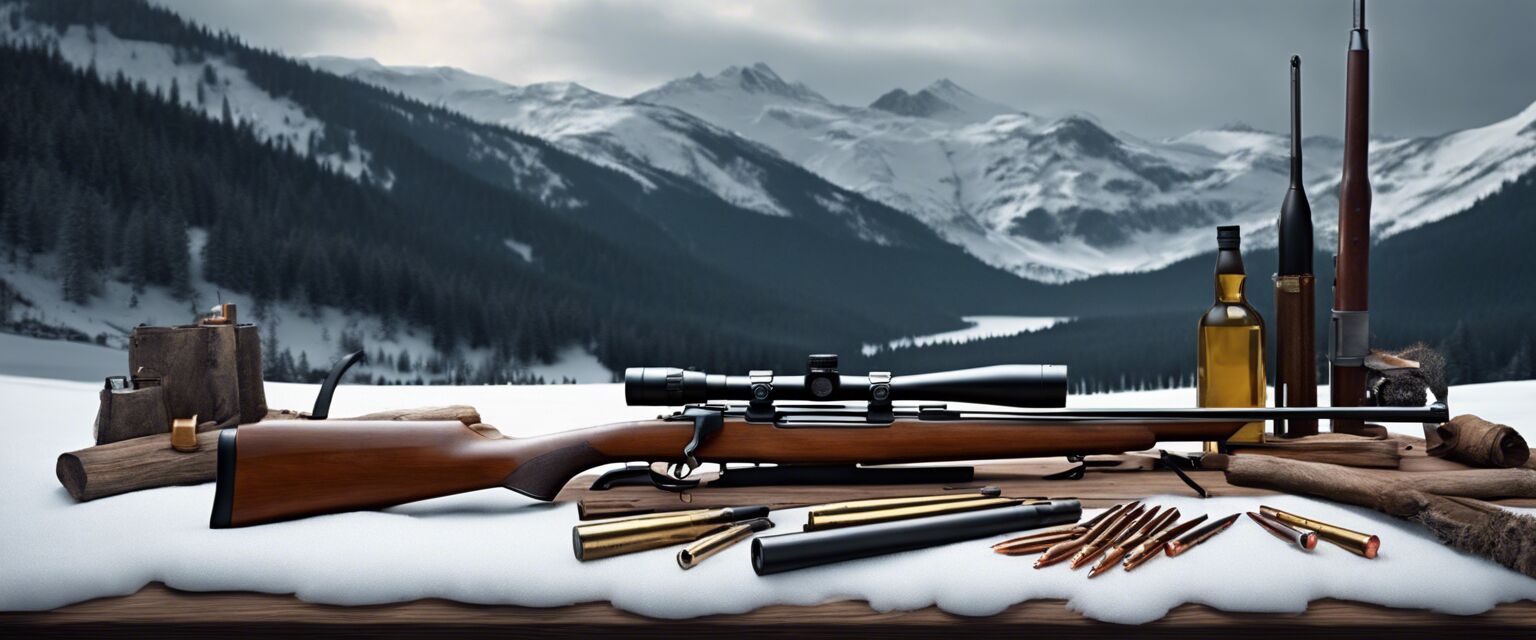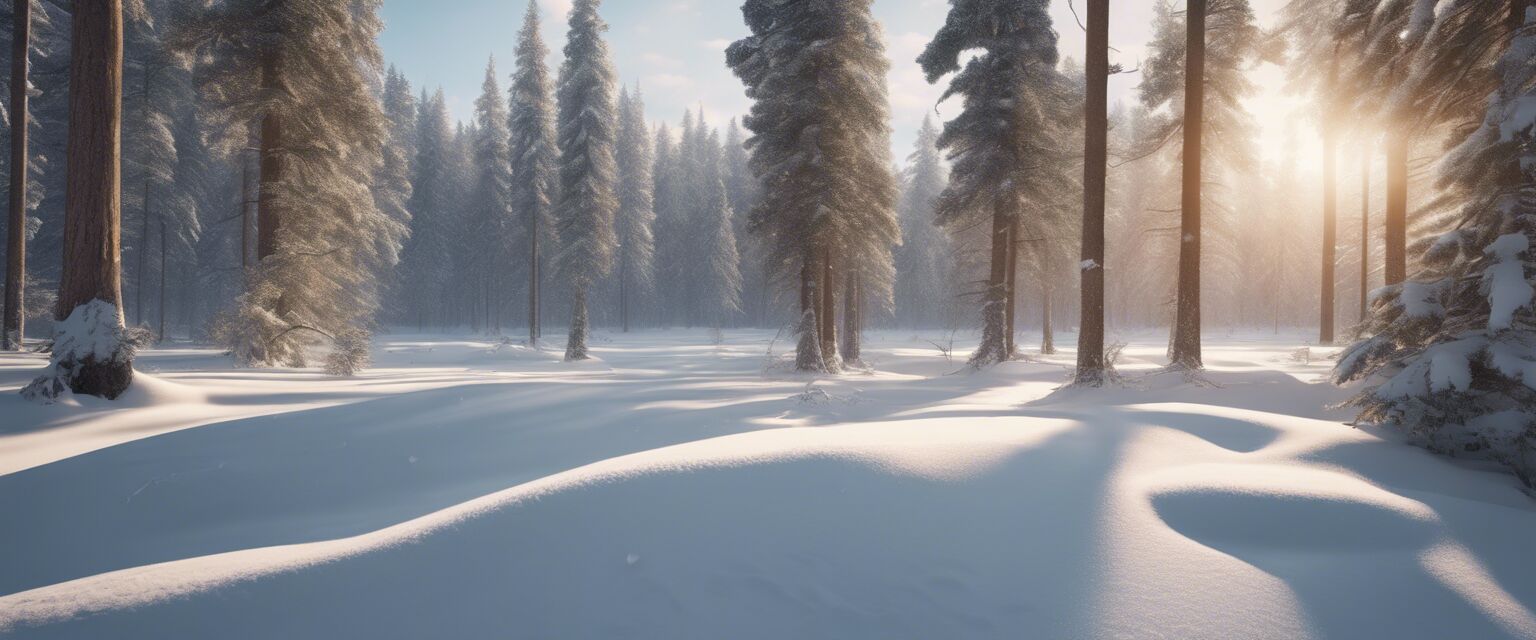
Clothing for winter hunting
Key Takeaways
- Layering is crucial for managing body heat.
- Insulation and waterproofing are vital features in winter hunting clothing.
- Choosing the right fabrics can enhance comfort and protection.
- Accessories like gloves and hats are essential for warmth.
Winter hunting requires careful consideration of clothing to ensure comfort, safety, and effectiveness in the field. This comprehensive guide covers essential clothing items, their features, and tips for layering, insulation, and waterproofing.
Understanding the clothing essentials
Winter hunting clothing can be divided into several categories based on function and layering. Let's explore these categories in detail.
1. Base Layer
The base layer is the first line of defense against the cold. It should be designed to wick moisture away from the skin and provide a comfortable fit.
- Materials: Merino wool, synthetic fabrics like polyester
- Fit: Snug but not restrictive
2. Insulation Layer
The insulation layer is where the bulk of the heat retention happens. This layer traps air and keeps the body warm.
- Materials: Fleece, down, synthetic insulation
- Thickness: Varies based on activity level and temperature

3. Outer Layer
The outer layer protects against wind, rain, and snow. This layer should be waterproof and breathable.
- Materials: Gore-Tex, nylon, and other waterproof fabrics
- Features: Sealed seams, zippers, and adjustable cuffs
Layering Strategies
Using a layering strategy is essential for adapting to changing conditions while hunting. Hereâs a recommended layering approach:
| Layer Type | Example Clothing | Purpose |
|---|---|---|
| Base Layer | Long-sleeve shirts, thermal leggings | Moisture management and warmth |
| Insulation Layer | Fleece jackets, puffy vests | Heat retention |
| Outer Layer | Waterproof jackets, insulated pants | Protection from weather elements |
Waterproofing and Breathability
In winter, moisture can come from both external sources (rain, snow) and internal sources (perspiration). Therefore, selecting clothing with waterproof and breathable fabrics is key.
Key features to look for:- Water resistant or waterproof materials
- Breathable membranes that allow sweat to escape
- Ventilation features, such as underarm zips
Choosing the Right Fabrics
The choice of fabric for your hunting clothing can significantly impact your comfort and performance. Hereâs a quick overview of popular materials:
| Fabric Type | Advantages | Disadvantages |
|---|---|---|
| Merino Wool | Warm, moisture-wicking, odor resistant | Can be more expensive |
| Synthetic Fabrics | Quick-drying, durable, often cheaper | May retain odors |
| Fleece | Lightweight, warm, and breathable | Not waterproof |

Accessories for winter hunting
Accessories are just as critical as your main clothing layers. Proper accessories help ensure that all areas of your body are protected from the cold and elements.
- Gloves: Look for insulated, waterproof gloves. Consider fingerless gloves with removable covers for dexterity.
- Hats: A warm hat that covers the ears is essential. Materials like fleece or wool are highly recommended.
- Scarves and neck gaiters: These help to protect exposed skin and trap heat.
Tips for winter hunting clothing
- Test your layering system before hunting season to ensure comfort and effectiveness.
- Consider the specific weather conditions and terrain you will face while hunting.
- Keep extra layers in your pack for emergencies or sudden weather changes.
- Invest in high-quality gear to maximize performance and lifespan.
Pros
- Layering allows for flexibility in changing weather.
- Quality materials provide better insulation and waterproofing.
- Accessories add essential protection against the cold.
Cons
- Costs can add up with high-quality layers and gear.
- Finding the right fit can be challenging.
- Too many layers can restrict movement.
Conclusion
Winter hunting requires the right clothing to ensure warmth and comfort. By understanding the importance of layering, insulation, and waterproofing, hunters can enjoy their time in the field regardless of the cold weather conditions. Remember to assess your needs based on the specific environment and conditions you plan to encounter.
